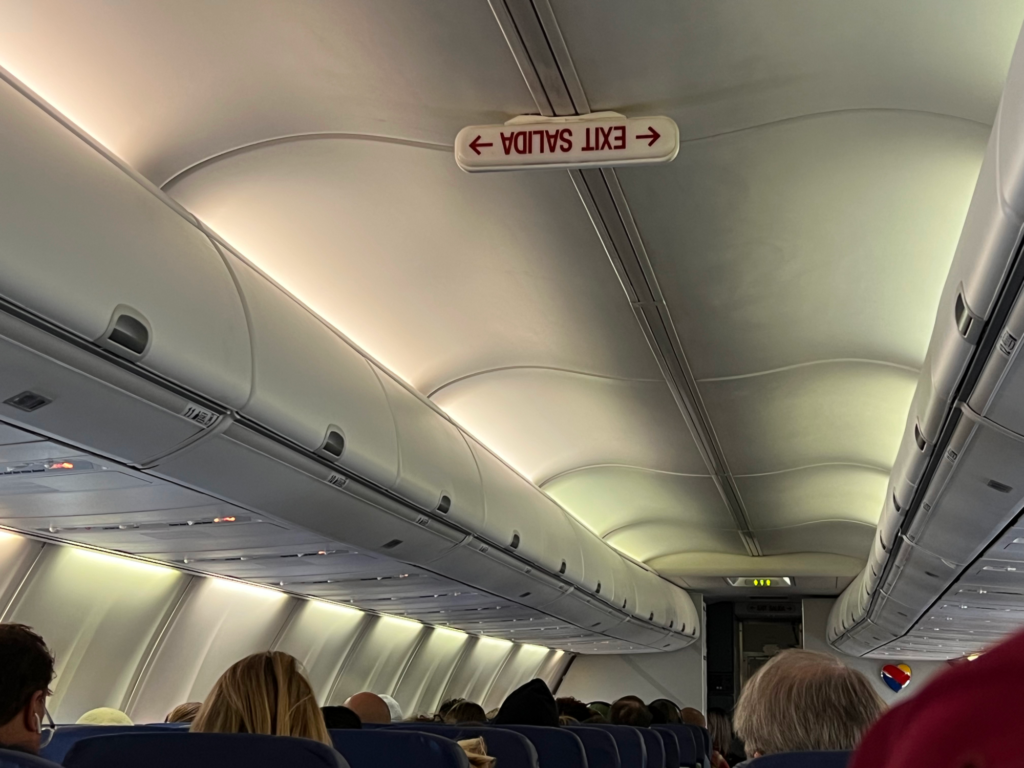- The original MEAB Unsung Hero, the Citi/Sears Shop Your Way Rewards Mastercard has a higher, choose-your-own adventure style sign-up bonus: the current heightened $225 after $1,500 in spend and 10% off of your first purchase with the card at Raise. (Thanks to Miles)
- Meijer MPerks has a digital coupon for a $10 Meijer gift card with $100 or more in Happy Cards, Choice Cards, or One4All Cards. Many of these can be converted to gift cards with resale rates well above 90%; just remember that the post-Christmas gift card cash out by buying electronics to ship to buyer’s groups is going to be hard for a couple of months.
On the flip side, $10 will buy a whole lot of unsold discount Christmas candy at Meijer so hooray for your dentist.
- China reopens for tourist travel on January 8th. My spot checks showed very little in the way of paid or award routes between the US and China, but I expect that’ll change rapidly over the next couple of weeks, so keep that in mind if you’re looking for a trip to China.
- Giftcards.com has vanished from most shopping portals, though it’s notably still present on Capital One Shopping, which is open to anyone whether or not you hold a Capital One card. This has happened in the past, so I don’t expect it to be a long-term outage but 🤷♀️. (Thanks to irieriley)

Brach’s discount Christmas taffy, also known as “dentist’s yacht maker”.






